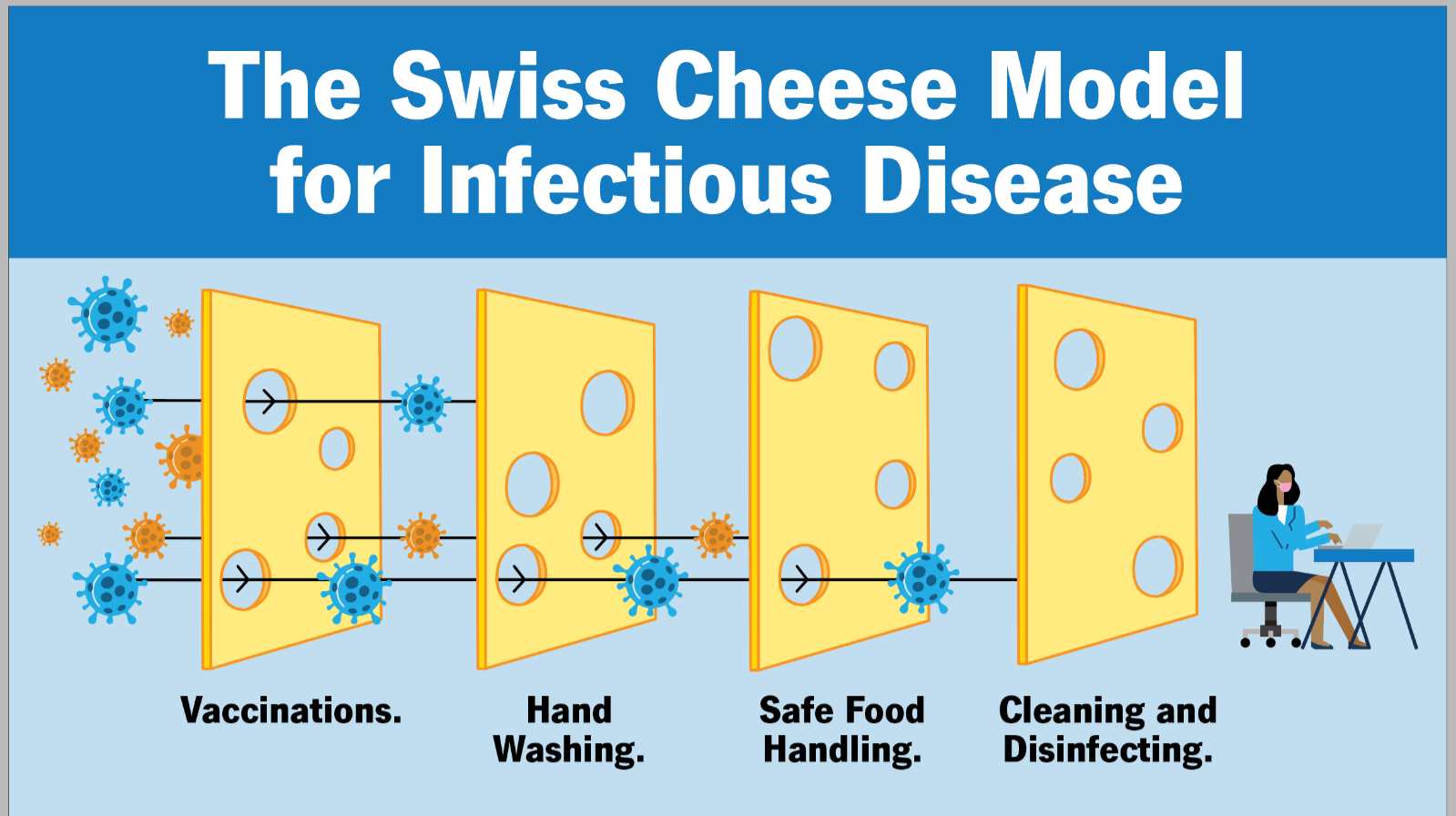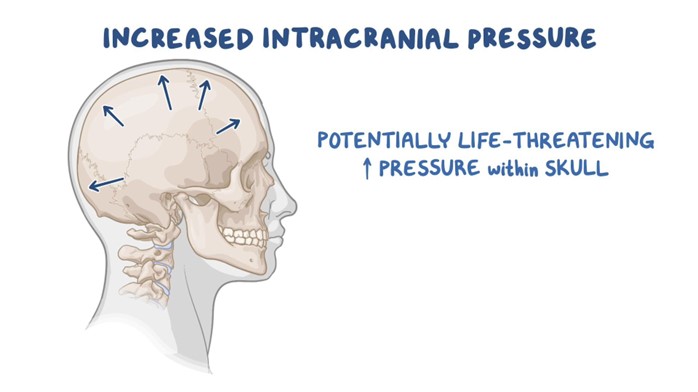A nursing preceptor is reviewing life expectancy in the twentieth century with a new nurse. The nurse should recognize that which of the following was most responsible for the dramatic increase in life expectancy during the twentieth century.
Advances in surgical techniques and procedures
Sanitation and other public health activities
Technology increases in the field of medical laboratory research
Use of antibiotics to fight infections
The Correct Answer is B
Choice A reason: Advances in surgical techniques and procedures have improved the outcomes of many patients, but they are not the main factor for the increase in life expectancy. Surgical interventions are often costly, risky, and inaccessible to many people, especially in developing countries.
Choice B reason: Sanitation and other public health activities have had a significant impact on reducing mortality from infectious diseases, such as cholera, typhoid, and tuberculosis. These activities include providing safe water, improving hygiene, promoting vaccination, and controlling vector-borne diseases. Sanitation and public health measures are relatively low-cost, effective, and preventive strategies that can benefit large populations.
Choice C reason: Technology increases in the field of medical laboratory research have contributed to the diagnosis and treatment of many diseases, such as cancer, diabetes, and genetic disorders. However, these technologies are often expensive, complex, and dependent on specialized equipment and personnel. Therefore, they are not the main reason for the increase in life expectancy.
Choice D reason: The use of antibiotics to fight infections has been a major breakthrough in medicine, saving millions of lives from bacterial infections. However, antibiotics have also led to the emergence of antibiotic-resistant bacteria, which pose a serious threat to public health. Moreover, antibiotics are not effective against viral infections, such as influenza, HIV, and COVID-19. Therefore, antibiotics are not the most responsible factor for the increase in life expectancy.

Nursing Test Bank
Naxlex Comprehensive Predictor Exams
Related Questions
Correct Answer is A
Explanation
Choice A reason: Hypertension is a manifestation of increased intracranial pressure, as it reflects the body's attempt to maintain adequate cerebral perfusion pressure (CPP) and blood flow to the brain. CPP is the difference between the mean arterial pressure (MAP) and the intracranial pressure (ICP). When ICP rises, MAP must also rise to keep CPP constant and prevent cerebral ischemia. Hypertension is part of the Cushing's triad, which is a classic sign of increased ICP that also includes bradycardia and irregular respirations.
Choice B reason: Tinnitus is not a manifestation of increased intracranial pressure, as it does not affect the auditory system. Tinnitus is a ringing, buzzing, or hissing sound in the ears that can be caused by various factors, such as ear infections, noise exposure, medications, or aging. Tinnitus may be associated with other neurological conditions, such as Meniere's disease, acoustic neuroma, or multiple sclerosis, but not with increased ICP.
Choice C reason: Hypotension is not a manifestation of increased intracranial pressure, as it indicates a decrease in MAP and CPP, which can lead to cerebral ischemia and infarction. Hypotension can be caused by various factors, such as blood loss, dehydration, shock, or medications. Hypotension may worsen the outcome of increased ICP by reducing the oxygen and nutrient delivery to the brain.
Choice D reason: Tachycardia is not a manifestation of increased intracranial pressure, as it contradicts Cushing's triad. Tachycardia is an increase in heart rate that can be caused by various factors, such as anxiety, pain, fever, dehydration, or medications. Tachycardia may increase the oxygen demand and metabolic rate of the brain, which can exacerbate the effects of increased ICP.

Correct Answer is A
Explanation
Choice A reason: Planning medication doses to occur before meals is a good suggestion to improve the client's nutritional status. Myasthenia gravis is a neuromuscular disorder that causes weakness and fatigue of the voluntary muscles, especially those involved in chewing and swallowing. Taking anticholinesterase medications before meals can enhance muscle strength and coordination, and make it easier for the client to eat and avoid choking or aspiration.
Choice B reason: Restricting drinking fluids before and during meals is not a good suggestion to improve the client's nutritional status. Fluid intake is important for hydration and digestion, and should not be limited unless there is a medical reason, such as fluid overload or heart failure. Drinking fluids before and during meals can also help lubricate the food and prevent dryness or irritation of the mouth and throat.
Choice C reason: Increasing the amount of fat and carbohydrates in meals is not a good suggestion to improve the client's nutritional status. Fat and carbohydrates are sources of energy, but they can also increase the risk of obesity, diabetes, or cardiovascular disease if consumed excessively. A balanced diet that includes adequate protein, vitamins, minerals, and fiber is more beneficial for the client's health and well-being.
Choice D reason: Eating three large meals per day is not a good suggestion to improve the client's nutritional status. Eating large meals can be difficult and exhausting for the client with myasthenia gravis, as their muscle strength and endurance may decline over time. Eating smaller and more frequent meals can help maintain the energy level and prevent fatigue or hunger.

Whether you are a student looking to ace your exams or a practicing nurse seeking to enhance your expertise , our nursing education contents will empower you with the confidence and competence to make a difference in the lives of patients and become a respected leader in the healthcare field.
Visit Naxlex, invest in your future and unlock endless possibilities with our unparalleled nursing education contents today
Report Wrong Answer on the Current Question
Do you disagree with the answer? If yes, what is your expected answer? Explain.
Kindly be descriptive with the issue you are facing.
